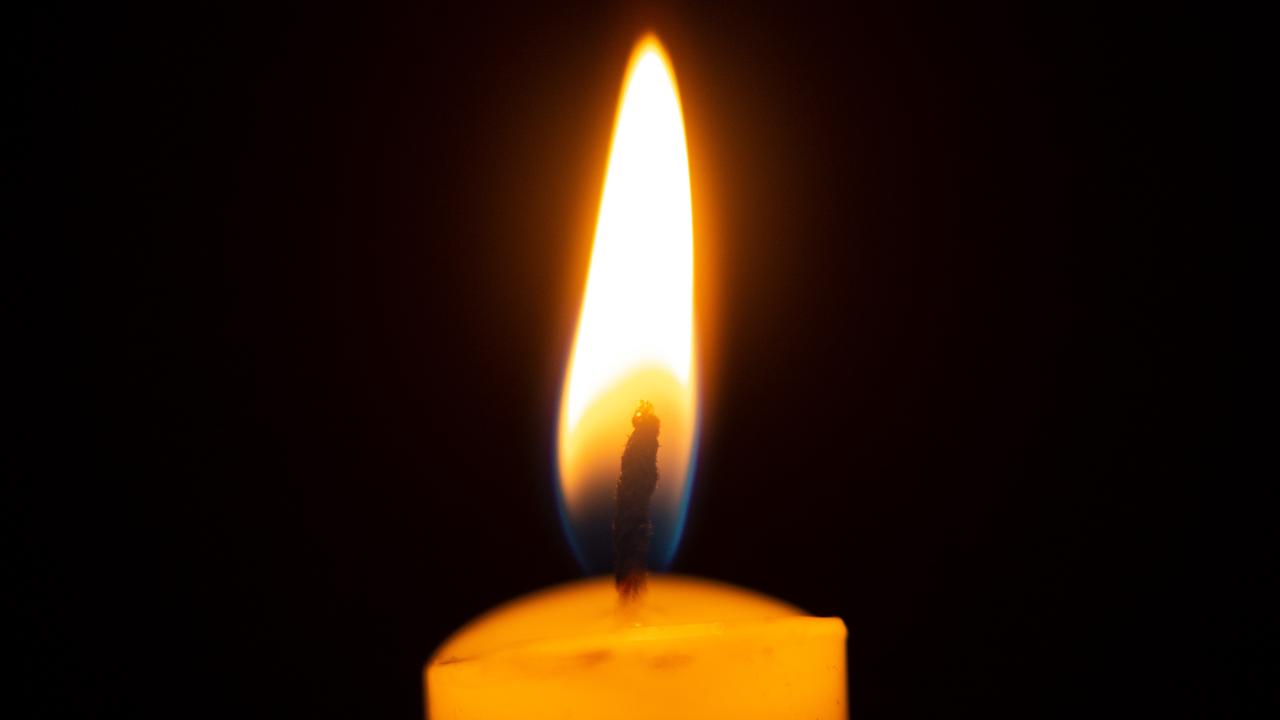Brisbane’s Lieutenant Duncan Chapman, the first Anzac ashore
THE first line in the bloody chapter of Australian history that is Gallipoli, was written by a Queenslander – the first man ashore during the landings at Anzac Cove. 100 Years of Untold Stories.
ANZAC Centenary
Don't miss out on the headlines from ANZAC Centenary. Followed categories will be added to My News.
THE first line in the bloody chapter of Australian history that is Gallipoli, was written by a Queenslander – Lieutenant (later Major) Duncan Chapman. Or at least, it’s thought so.
In his book, Anzac to Amiens, official war historian Charles Bean wrote in a footnote: “The first man ashore was probably Lieutenant D. Chapman (of Maryborough, Queensland), 9th Battalion.” And in his 860-page opus, The Great War, Les Carlyon provided a little more confirmation in a chapter on the Battle of Pozières: “The (45th) battalion lost 345 men, among them Major Duncan Chapman of Brisbane, who many believed was the first Australian to land at Gallipoli.”
As a platoon commander of the 9th Battalion, from which two boats were reportedly the first to hit the beach at Anzac Cove, he would almost certainly have led the soldiers out of the boats. So, while it’s never been conclusively proved that Chapman was the first ashore, it’s seems probable – and 100 years on, that is unlikely to ever be challenged.
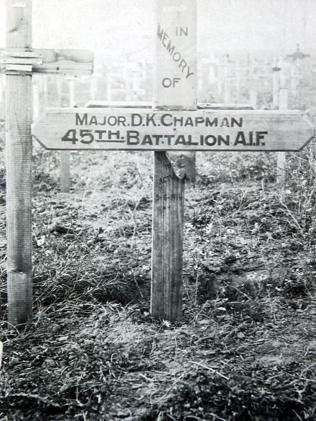
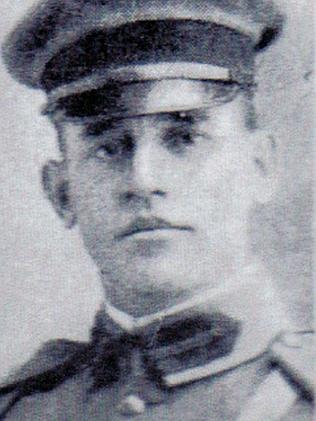
Chapman was born in Maryborough in May 1888, but when he enlisted in August 1914 was living in Albion, in Brisbane’s inner north, working as a paymaster. He turned 27 a week after he landed at Gallipoli.
GALLERY: The pictures that bring to life 100 Years of Untold Stories
Read more ANZAC stories - 100 Years of Untold Stories
In a 2005 article on Chapman, former The Courier-Mail journalist and a commander of the 9th Battalion, the late Peter Charlton, wrote: “He was a tall man for those days at 1.75m but somewhat slight, weighing 68kg. His eyesight was good. The contemporary photographs show a serious young man, with a moustache.”
Charlton wrote that by the time Chapman enlisted, he had six months experience in the Wide Bay Regiment and six months in the Kennedy regiment, suggesting he’d lived in Townsville.
After Gallipoli, he was posted to the Western Front and promoted to captain in the 49th Battalion. One month later he was promoted to major and posted to the 45th Battalion.
Unlike many of his platoon, Chapman survived the eight-month campaign in the Dardenelles and the evacuation from the peninsula, only to die in August 1916 in the bloodbath of Pozières, whose soil, according to Bean “is more densely sown with Australian sacrifice than any other place on Earth”.
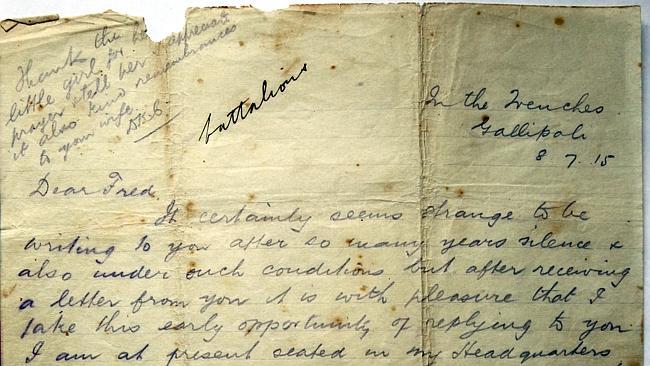
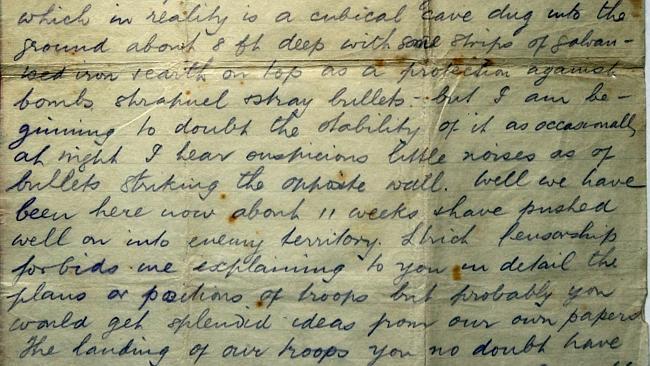
An eyewitness account in the Red Cross inquiry files on Chapman’s death describes his end. “He was leading into Pozières, saw him killed by a shell, he was hit by the shrapnel and only lived a few minutes – was buried on the top of the trench next morning – he was about 5ft 7in (170cm) high, bit on the gingery side in appearance, was well-liked by the Company, was wearing plain top boots, was fairly well made man, smart in his movements and a good officer.”
Chapman is buried in the Pozières British Cemetery Ovillers-La-Boiselle.
Read more ANZAC stories - 100 Years of Untold Stories
GALLERY: The pictures that bring to life 100 Years of Untold Stories


